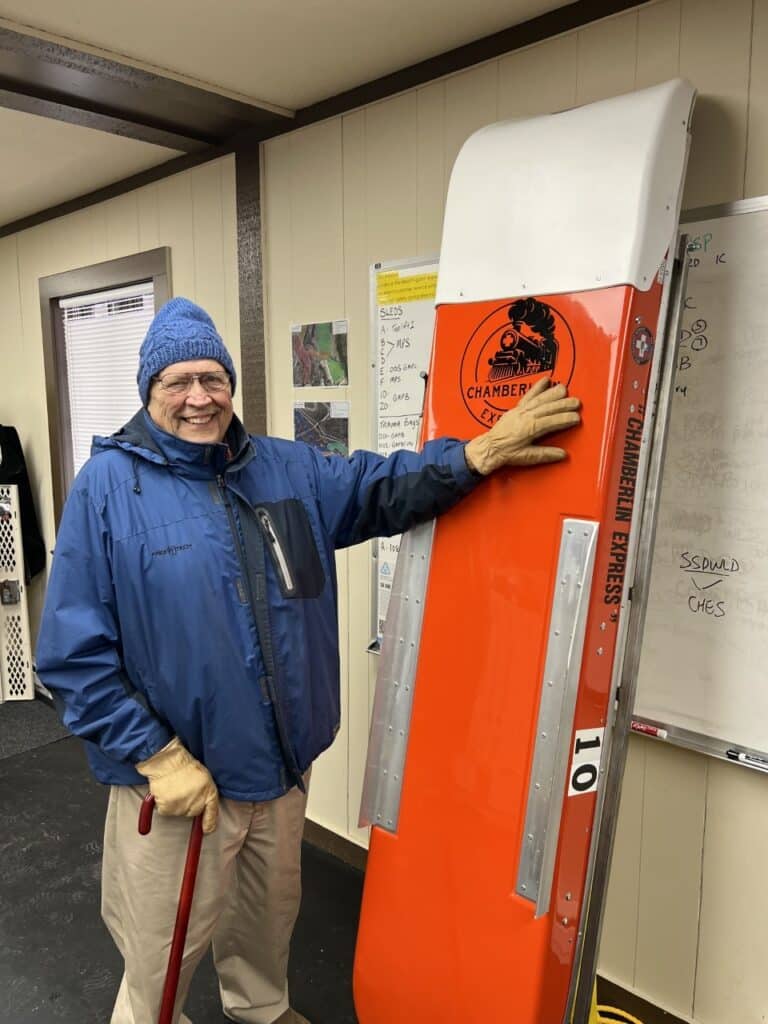The Facts
• Coal-fired power plants are the region’s main source of air pollution. Skyrocketing asthma rates, acid deposition, mercury-poisoned fish and waterways, and smog-smothered scenic vistas are a few of the direct effects of pollution coal-fired power plants.
• Because of strong prevailing wind patterns along mountain ridgelines, the Southern Appalachians offer a promising alternative energy source in the form of wind energy. However, critics are concerned about scenic and wildlife impacts of wind turbines in the mountains.
• Currently there are 88 operating wind turbines and 457 permitted turbines in the southern Appalachians and mid-Atlantic. Another 480 have been proposed.
• Turbines are usually around 450 feet tall and located in strings of eight turbines per mile, typically placed on high ridges to maximize wind exposure.
• More than 2,400 megawatts of wind generation was installed in the United States in 2005, enough to serve more than 650,000 average American homes.
Highland County Wind Farm: Wind energy debates have recently centered around the proposed Highland New Wind Development, which would install 20 turbines in western Highland County, Va.
Pros
• $200,000 annual revenue for Highland County, one of Virginia’s poorest counties.
• Cleaner air and water: wind energy is a zero-emissions technology, while energy from coal results in mercury and carbon dioxide emissions and polluted waterways.
Cons
• Not enough energy output: To replace the average annual output of Virginia’s North Anna Nuclear Power Plant, it would take 3,752 turbines. That’s 469 miles of ridges.
• Bird and bat mortality: About 31 bats were killed per wind turbine during a six-week study period in West Virginia and Pennsylvania.
Perspectives
“Our use of dirty, coal-fired electricity is dramatically transforming Appalachian ecosystems and obliterating entire species of birds worldwide. We're causing the largest extinction of species on this planet since the dinosaurs disappeared. Any conservationist that thinks wind power is bad for the birds or environment has to acknowledge and address the rapid climate change happening as we speak. They ought to be fighting coal, not wind.
<em>Mike Tidwell, Chesapeake Climate Action Network</em>
“Wind projects should only be developed on Appalachian ridges after proper and effective environmental assessment. The Highland County project will provide very little in terms of electricity or reduction in pollution. It’s not going to solve our energy problem or displace significant amounts of coal. Wind can only satisfy a relatively small part of overall growth and demand.”
<em>
Rick Webb, scientist, University of Virginia</em>







